Breaking Tradition Within A Tradition: Jameson Yap 葉彥晨: 自在如水「流書」體
English 英: Michelle Gladwin · Chinese 中:Maggie Ho
all Image & Photo: JY Calligraphy
It isn’t often that you hear a calligrapher cite Pablo Picasso as a major influence, but that’s exactly what Jameson Yap shared when we sat down to talk about his inspiration, process and journey. It turns out that Picasso was very much a fan of the ancient Chinese art, even going so far as to proclaim: “Had I been born Chinese, I would have been a calligrapher, not a painter.”
River-Stroke Series 流書系列 019 · Hulu Gourd 葫蘆
It so happens that Jameson and the Spanish master didn’t start out all that differently. “Picasso’s journey was similar to mine: he started with classical art, and gradually, found another way to express his feelings.” He continues the thought, “Very much parallel to my story, I began with traditional art and, after my grandfather passed away, I pondered, ‘how can I promote this ancient artform without the stuffiness? From there, I found a way to break from tradition while continuing the same ideas. I was just moving the traditional work into a different arena, presentation, direction, and form.’”
沾墨、提筆,起手落在九宮格內,一筆一筆,戰戰兢兢……小時候的毛筆字功課,令不少人對中國書法的印象總帶點惶恐回憶。
來自馬來西亞的當代書法家葉彥晨 (JY) 自創的「流書」體,似柔帶剛,風格自成一家,作品遠看像畫、近看觀字,顛覆一般傳統書法方正工整的格局。
Be calm and take things as they come, everything happens for a good reason 既來之則安之
In case you missed it, Jameson mentioned his grandfather in that last quote. Perhaps the single biggest influence in his life, he explained why: “My grandfather was a tailor by trade and an artist in his own right. The suits he made had creative details that many overlook, from the style, materials, colours, buttons or embellishments; all of which complemented one another, but when assembled, formed a finished masterpiece of artwork.” His grandfather urged him to “Never forget your heritage,” which is something Jameson took to heart. He credits his Malaysian Chinese cultural background and languages, while embracing his identity with open arms – combining roots and ethnicity — into one. “Although my family is Buddhist, my work doesn’t contain any of Buddha's teaching or meanings, nor does it go into any other religious position. The direction focuses on an affirmative angle, the poems showcase and manifest a positive energy.”
亞馬遜河的啟蒙
JY自五歲開始跟隨祖父學習書法,每天利用報紙練字為日後打好基礎;另外入讀美術學校亦令他吸收了不同藝術養份。真正的突破是在十年前,因為祖父離世,在混沌中無意間看到一齣有關亞馬遜河的紀錄片而激發求變的決心。「我被長河深深震攝,心境一下子開通了。河水充滿力量、非常強大,但同時亦可以輕柔流轉,靈活多變。那景象令我覺得自己是時候要放手一博,拋開規矩,鑽研一套抽象的筆法。」
經過兩三年時間的嘗試, JY終於創出「流書」體,筆劃之間氣脈相連;無論是獨立的字詞,或是整篇詩文,都是一氣呵成,如流水般連綿不斷。
What started out as a disciplinary form of calligraphy he learned from his grandfather and practiced on newspapers at the tender age of 5, transformed into a passion. He founded his signature style, River-stroke, after his grandfather passed away, after seeing aerial footage of the mighty Amazon River flowing in National Geographic. The image truly thrilled him. He thought, “How can the river be so powerful, yet so flexible and gentle?” It gave him the idea to push his work in a different direction. He admits “There were times I felt stuck until I found River-stroke. Now I have something I can call my own, like it’s a part of my identity.”
When approaching his calligraphy, Jameson often dives deeper into the meaning of words and researches their stories, finding interesting details about them. He explains he sometimes makes changes according to how he is feeling. Some days are happy, other days less so; you can see all of these emotions reflected in his work.
When starting any project, he begins with a ritual of preparation. It's a combination of layers and layers of research, which can take a day, a week, or a month. He lays out the groundwork and studies the history of how the character was formed or created, as well as the meaning behind it. He then maps out how the character will flow or move, and how each word flows without breaking the pattern in one continuous stroke.
He starts with a ceremonial act of giving thanks to the ink, his brush, and the paper; he does the same when he’s finished. Quite often, he collects water from the mountains for his ink stick while hiking. It's part of his creative process of being close to nature, being with one. His paper preference is Single Xuan (uncooked raw paper) and uses Pine Soot ink sticks. He explains, “The reason I like the Single Xuan paper, is because, due to the intensity of the black ink, it spreads quickly on this type of paper, which means it is much harder to control the outcome.” This added challenge helps to improve his skill and control every day.
River-Stroke Series 流書系列
Never give up, endure the pain enjoy the gain
不經一番寒徹骨 怎得梅花撲鼻香
Sponsored by Ferris Wheel Press
自然的感悟
「流書」體不同於傳統書法的規行矩步,揮筆運氣完全從心而發。JY 強調這些都是經過長年練字、感悟累積而成;躍現於紙上的瀟灑,其實都是從生活中收集到的能量轉化而來。「閒來我喜歡踢足球和遠足,保持身心健康、平靜。大自然中有許多資源和能量,我會收集山澗的溪水用來磨墨呢!」
每次創作,JY更會花上大量時間研究、思考字詞本身的意義。「真正動筆的過程大概只需五分鐘, 但卻要花上一兩星期、甚至整個月時間去預備、研究。」書法不一定是一板一眼,每件作品都是獨一無二的詮釋。
2021年,JY創作出最引以為傲的作品《葫蘆》,全篇利用《心經》內二百六十個漢字,緊扣連成一個葫蘆形狀。「沒有甚麼草圖、起稿,一起手有種自然力量帶動,結果正正是個形狀完美的葫蘆,感覺非常圓滿。現在回想起來,我仍覺得那個次是個很奇妙的創作過程。」
最近他寫了個「夢」字:「很久以前就有人在Instagram上提議,但我就是沒有甚麼感覺。直至上星期,我做了一個夢,是很有動感、帶點超現實的;醒來後,我就題了這個『夢』字。」那是一個寬大有勁,像要衝出畫框的夢。
Jameson admits that the characters he chooses to write are usually inspired by his day-to-day life: “The meaning and the energy of the word always come first, then everything follows suit.” One evening, he dreamt of the word ‘dream’. The first thing he did the next morning was to calligraph the character — the result is as if it’s springing out of the frame, it’s so dynamic. “It's similar to how it was in my dream: very surreal, so vivid. It just hopped out of my mind and onto the paper,” he explains.
There is one memorable piece in the River-stroke series he is particularly proud of – it also happens to be his most challenging accomplishment. In 2021, and without any sketch guidelines, the Hulu Gourd appeared almost magically: he let the handwriting flow naturally, resulting in over 260 characters overlapping each other; words intertwining to create a piece more beautiful than he ever expected. A storyteller in its own right. “It is such a perfect tribute to my grandfather.”
The irony of this isn’t lost on Jameson. He readily admits he didn’t have the courage or self-belief to accomplish any of this whilst his grandfather was still alive. Like a river flowing to the sea, it’s clear that this was all part of his journey. “I know that my grandfather would be happy seeing the outcome of my work and is surely looking down on me, smiling now.” One artist to another.
Butterflies Will Come When Flowers In Efflorescence 花若盛開蝴蝶自來
不刻意求新 不忘根本
JY期望把作品帶到不同地方展出,讓不同國家、不同文化人士接觸和認識漢字所蘊含的美與哲理,同時亦希望向觀眾展現中國書法的可能性。「不少買家及收藏家本身並不認識中文,他們初時可能只覺得是一幅抽象畫,但當他們明白文字的意思後,會更了解作品。」
近年數碼藝術、NFT大熱,他亦抱開放態度。「也有人提議我嘗試其他色彩,我不抗拒,但我覺得黑與白之間,尚有很多值得探索的空間。一定要認清自己的定位,專心一意,書法創作是急不來的。」祖父的教誨:事急則緩,事緩則圓,JY一直牢牢緊記。
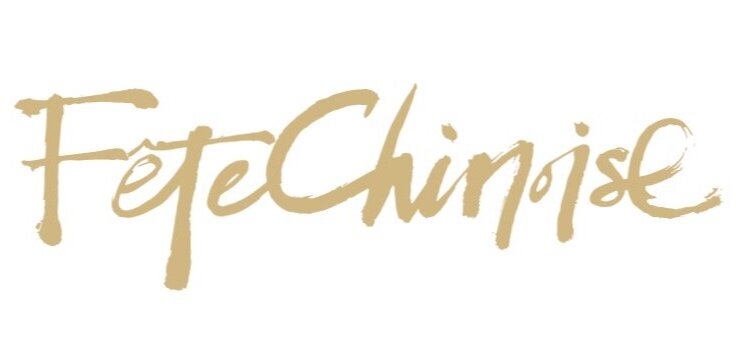



















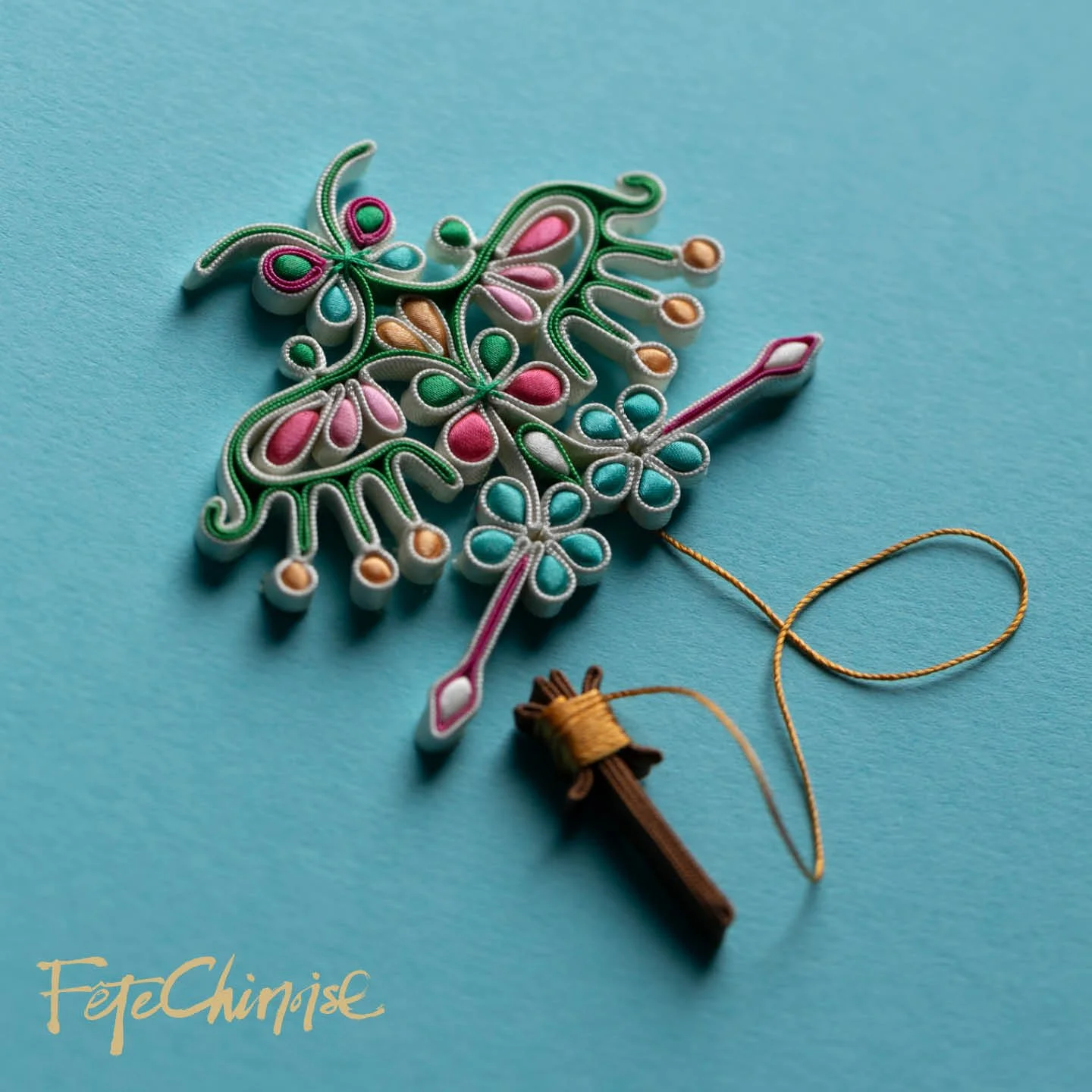

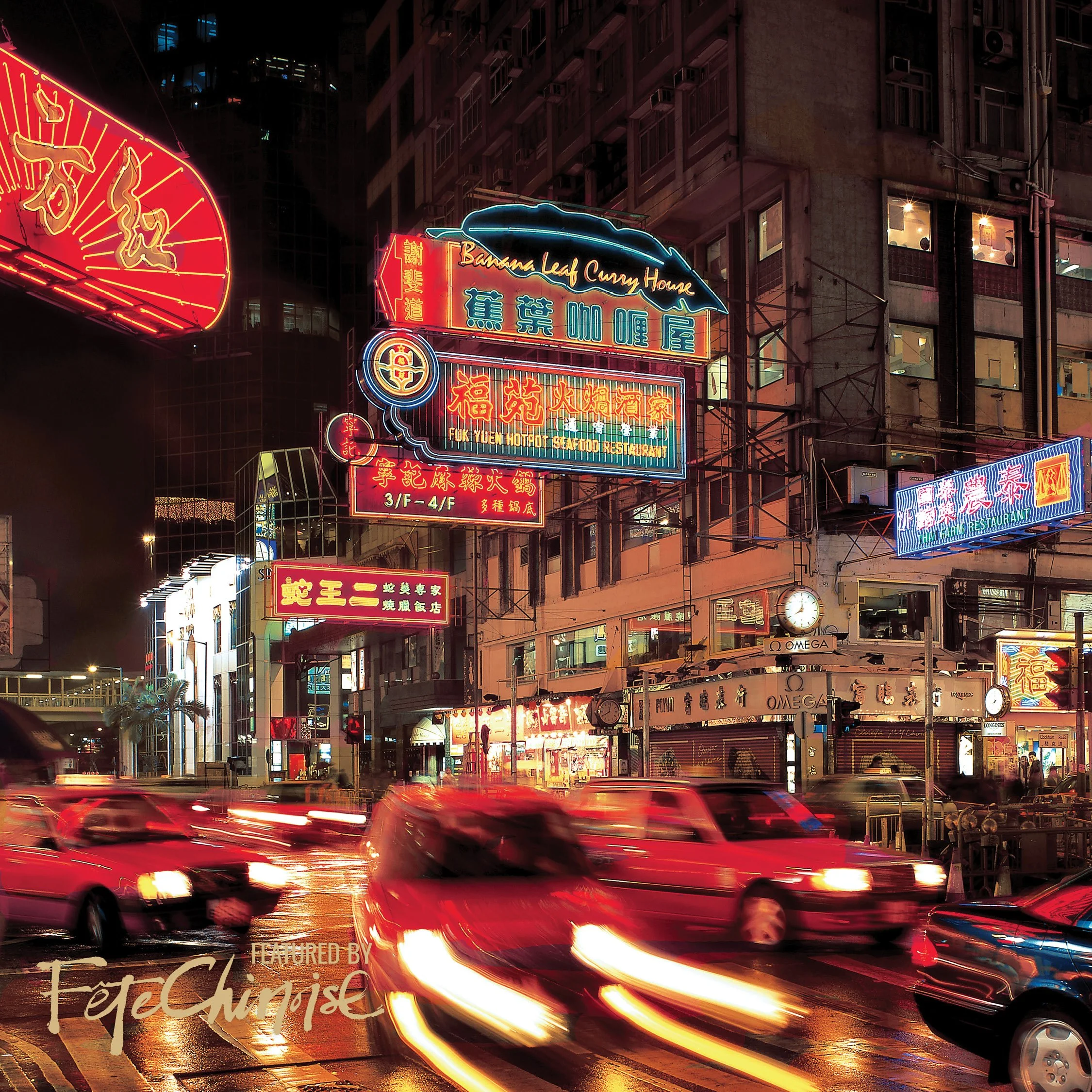

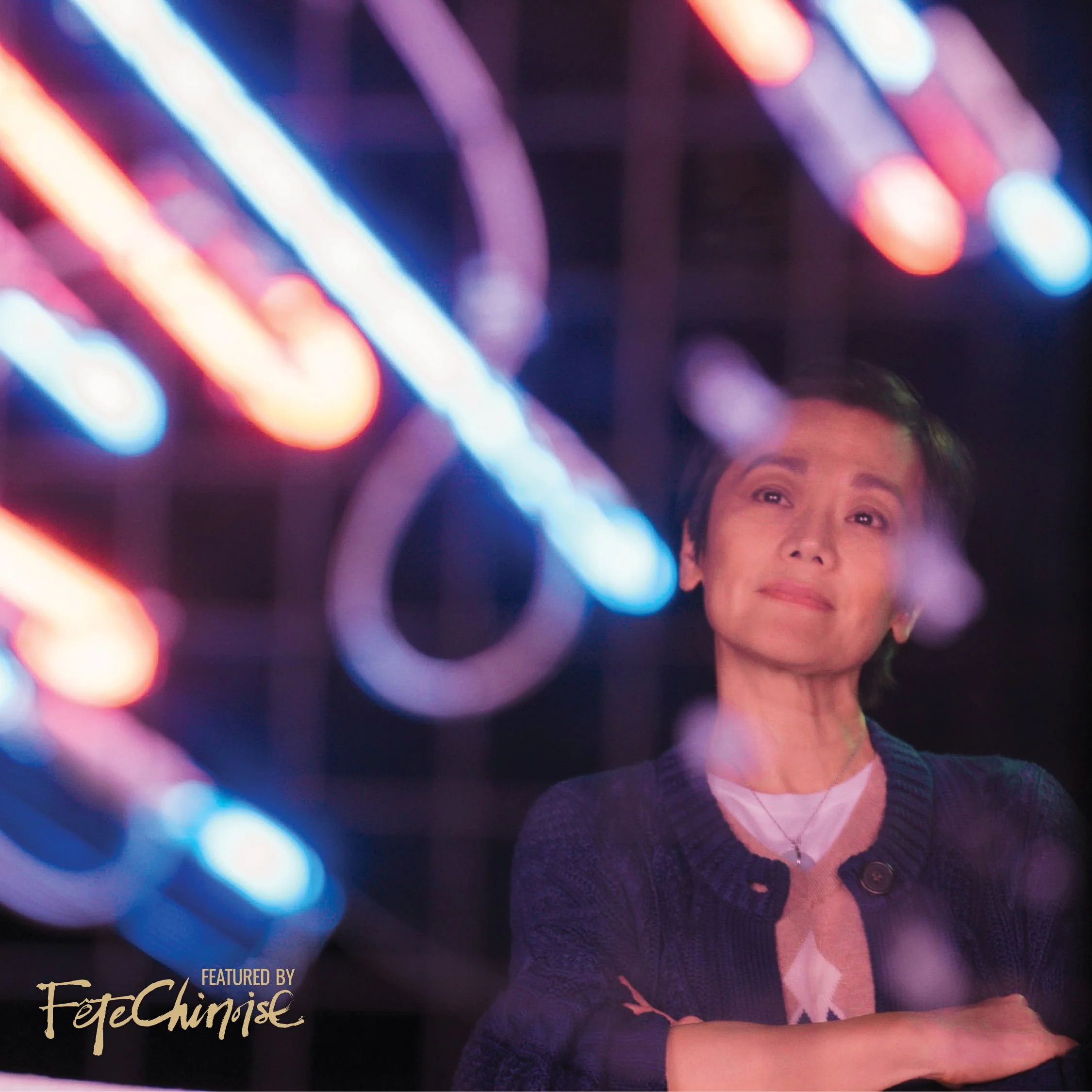
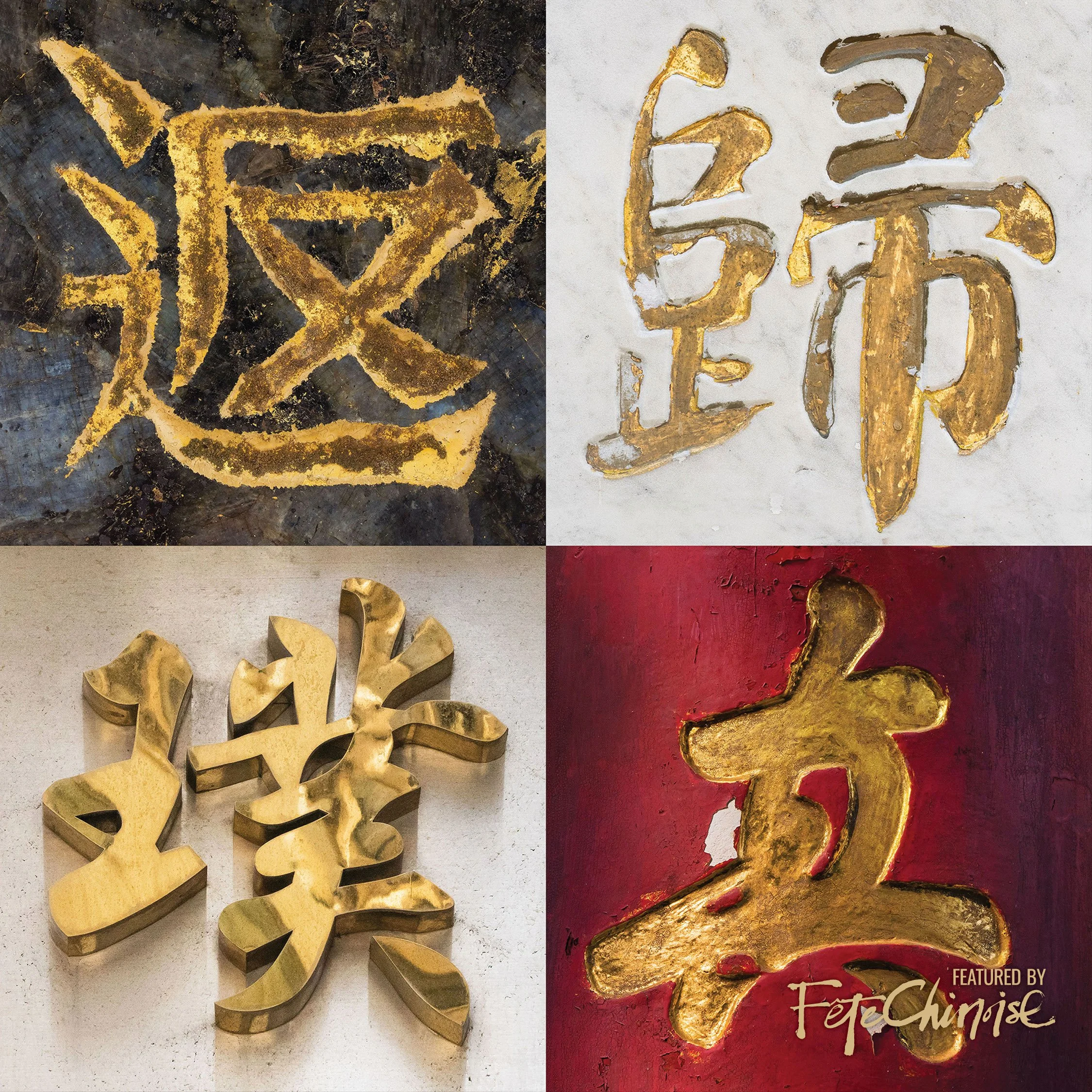

Chinese culture values symbolism. On important occasions like the wedding banquet, the ingredients used are chosen with care, and each dish carries different meanings. A typical Chinese wedding banquet menu includes either ten or twelve dishes, symbolizing "full and perfection" or implying that the couple will have happiness throughout the twelve months of the year. For this special feature, we invited Rovey Chinese Catering and Private Dining, to demonstrate twelve classic Chinese wedding banquet courses and introduce the meaning behind each dish.